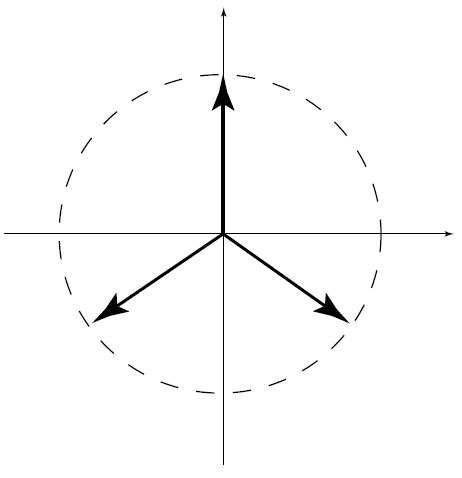[EDIT] Let us start from a verbose and simple example. In $\mathbb{R}^2$, the Mercedes-Benz pattern constitute a tight frame: redundant, energy-preserving:

Each vector $x=[x_1,x_2]$ yields three three projections $[p1,p2,p3]$, from which you can recover $x$ in a number of robust ways: if the projection value are corrupted, rounded, even if one is cancelled, you can still recover $x$, at least approximately. Because of the redundancy $2\to 3$ in the representation. This is not the case with the orthogonal basis the $\{[1,0],[0,1]\}$: if you lose one projection, $x$ is almost lost (you only keep one direction).
In other words, you don't need all coefficients with a frame of vectors (or wavelets). This basic example extends to more generic frames or bases. You can find more on that within the topic of oversampled filter banks, and the paper Filter bank frame expansions with erasures. Those are used for redundant channel coding, for instance.
In the continuous setting (both the signal and the wavelet transform), due to the huge redundancy, many possible inverses exist. Notably, given an analysis wavelet, the requirements on the synthesis wavelets to verify the admissibility conditions (on a pair of wavelets) are very mild. On these topics, I would suggest two references:
- Matthias Holschneider, Wavelets, an analysis tool, 1995
- Bruno Torrésani, Analyse continue par ondelettes, 1995
The topic is quite involved, may involve a lot of complicated functions spaces, different for the wavelets and the signals. A wavelet analysis is given by:
\begin{equation}
W_f(b,a)\ =\ \int_{\mathbb{R}}\ f(t)\ \tfrac{1}{\sqrt{a}}\,\psi^{*}(\tfrac{t-b}{a})\ d
t\ .
\end{equation}
Provided that $\psi$ is admissible, i.e. when the
two constants $c^{\pm}_{\psi} =
2\pi \int_{0}^{+\infty}\tfrac{|\hat\psi(\pm\omega)|^{2}}{\omega} d\omega
< \infty$ are finite and equal\footnote{When $\psi$ is sufficiently
regular, this condition reduces to a zero-average requirement, that is,
$\int_{\mathbb{R}} \psi(t)\ d t = 0$}, that is,
$c^+_\psi=c^-_\psi=c_\psi < \infty$, the signal $f$ may be recovered
from the coefficients $W_f(b,a)$:
\begin{equation}
f(t)\ =\
\tfrac{1}{c_{\psi}}\int_{0}^{+\infty}\!\!\!\int_{\mathbb{R}}\ W_f(b,a)\
\psi_{(b,a)}(t)\ d b\,\tfrac{d
a}{a^{2}}.
\end{equation}
You can find about the same idea in Torrésani's book, page 20:

Still considering a continuous signal with finite energy, but trying to build a discretized wavelet frame, you can sample in the wavelet space with perfect reconstruction provided the sampling is dense enough with respect to some lower bound computed from the wavelet. So effectively, you don't need all (continuous) values. But the number of samples needed could be denombrable.
Basically, you have a frame when for every unit energy signal $f$ projected onto the set of frame elements $\psi_n$:
$$A\le \sum |<f,\psi_n>| \le B\,.$$
If $A=B=1$, you recover the case of orthogonal expansions. Ingrid Daubechies (for one) showed, from the continuous formula above, that one can find some discretizations $a_n$ and $b_n$ to build frame elements
$$\psi_n = \psi(\tfrac{t-b_n}{a_n})$$
and recover $f$ from the $|<f,\psi_n>| $, sometimes with iterative formulae that converge faster if $A$ is close to $B$.
Moving on to discrete signals (where differentiability is not well-defined), you can build unions of wavelet basis, or wavelet frames like the stationary wavelet transform. In this redundant (but with a finite number of samples) expansion, you can pick a subset of samples, that corresponds to, at minimum, a specific choice of basis vectors. Once again, you do not need all samples.
THe rationale is that if an $N$ sample signal get represented by $M> N$ coefficients, when they are well formed (frame coefficients for instance), different inverses exist, some of then discarding parts of coefficients.
For a basis (non redundant) expansion however, all samples are required in general.



